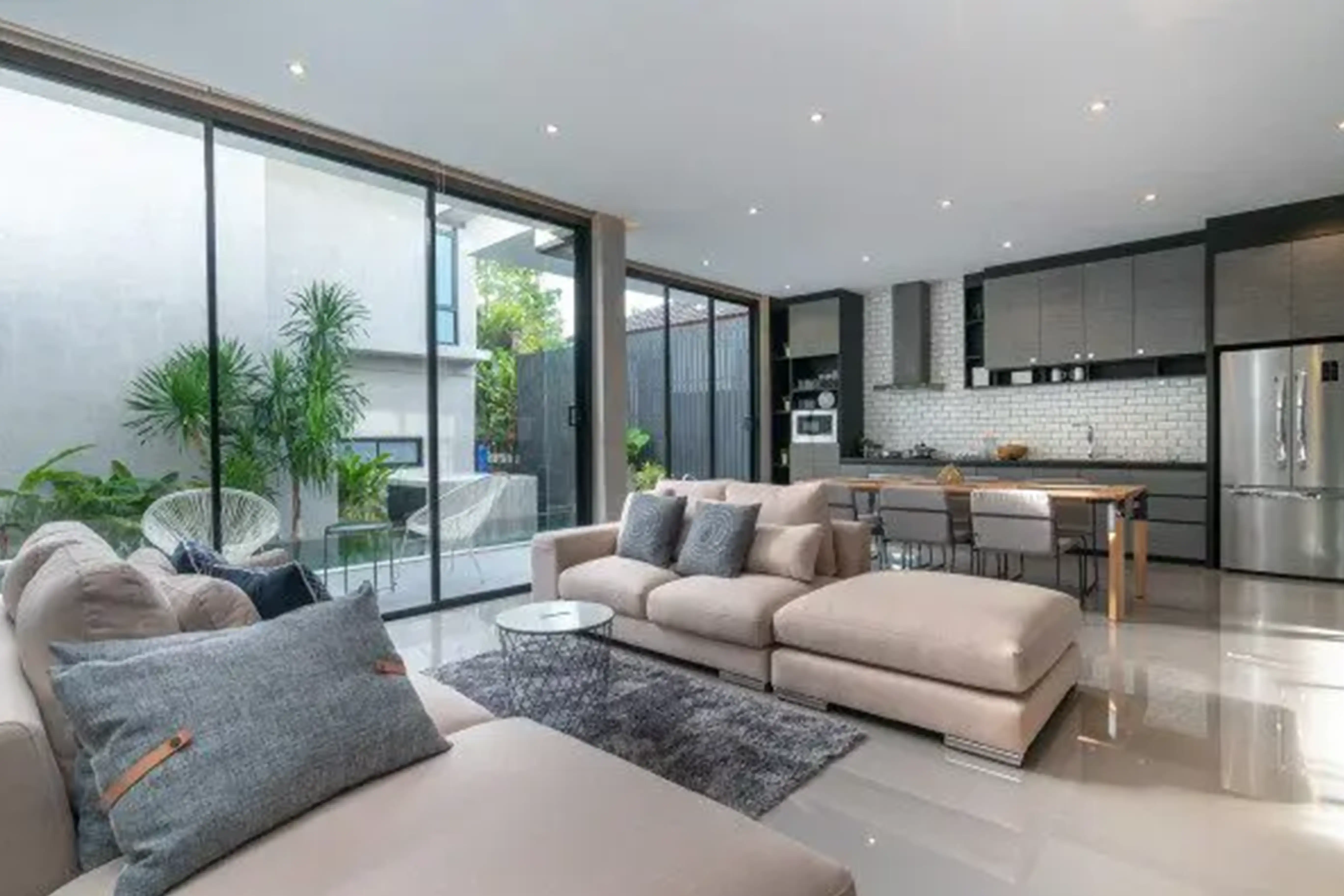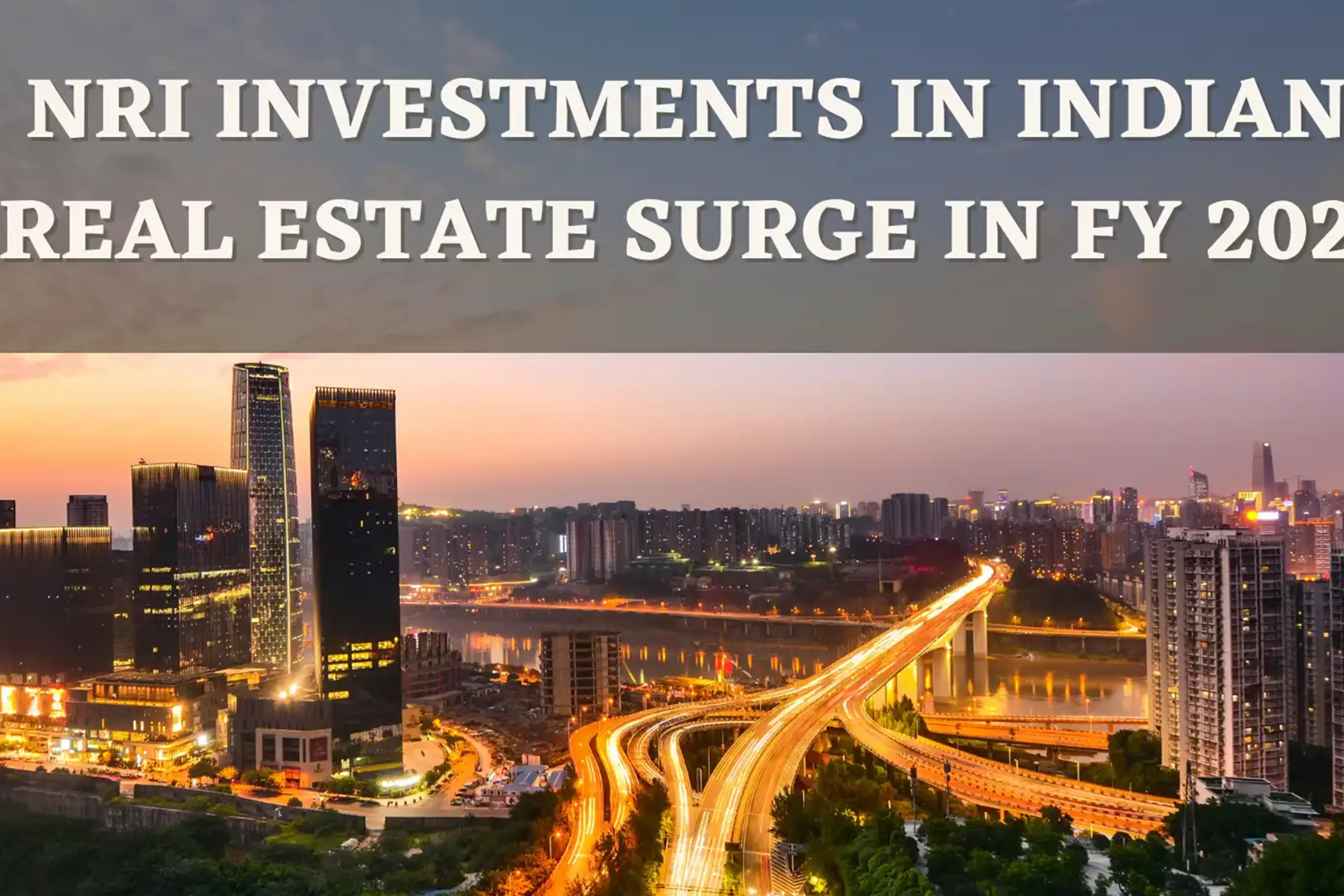Bangalore has been a happening market and there is a myth that there is above 20% return on investment (ROI) annually in the realty sector of Bangalore. Is it just a myth, a fiction or is the reality telling a different story altogether? In this dilemma, many times the investors are perplexed and they often can’t decide where to invest in Bangalore. If they find the area, the next question that comes to their mind is the time. The oft-quoted question in the minds of investors is, whether this is the right time to invest. Well, for this reason, we have tried to point out the region wise and segment-wise survey and a research and analysis of the Bangalore market. This will help the investors to invest, the realtors to choose the locality and the speculators to speculate in the short and the long run.
Price Rise and the Investment Pattern
Various reports from the global consultants like Cushman and Wakefield, JLL and others and the current data analysis and survey from various aggregator websites point out that from the period of September 2013 to December 2015 the fluctuation in the price index was not much at all. Just after the period of recession, it took time for the market to stabilize with huge unsold stocks and the sales to take an upward trend. But after 2015 and in the period 2017 to 2018 the buyers’ sentiments were up again and there is a push in the demand in the flats for sale in Bangalore and other cities again points out the top and the medium-sized developers. The market watchers further point out that earlier it was the age group within 41 to 50 years which were their main segment of buyers. The age group has shifted to 30 to 40 years and most of the developers opine that 60 to 70% of the buyers are in this age group. This surely signifies that there is a surge in the purchasing power of the target market and this has also led to the spur in the demand for housing, especially in Bangalore.
The Past and the Future
Starting from the post-recession period after 2008-2009, the GDP of India grew at 8.4% in 2010-11 where the banks offered easy home loans to buyers and funds to the developers in an attempt to leverage the sector. But due to malpractices, major unsold stocks and lack of demand for new flats for sale in Bangalore and other cities, the sector did not fare well along with the GDP falling to 6.9% in the period 2013-14.
The buyers stopped paying and the banks stopped funding and this created a liquidity crunch in the sector with litigations increasing, following uncertain delivery and customer dissatisfaction. Following this, there was a major dip in the new launches in the period 2015 to 2017. The buyers’ sentiments were down and this is the time when RERA came in surging up the buyers’ confidence.
Along with other cities, there was a huge backlog of unsold inventory even in Bangalore although it was the lowest compared to other cities. Now RERA is fully operational and the fraudulent and few small players have already been syphoned by the market forces and the regulations.
The buyers’ sentiments are again up and the demand is again seen to be picking up in all the metros and of course, Bangalore is at the top owing to the high purchasing power of its denizens. The experts and the statistics say that the developers with a good track record have been doing fairly well in the prevailing market.
RERA has imposed mandatory registration and compelled developers to meet deadlines and made the sector quite transparent and stable. This means that the regulatory measures would prevent the sector to dip like in the past. In such a scenario it can well be predicted that the upward trend of the market forces is there to stay with Bangalore witnessing more new launches in 2019.
Demand by Localities
The top localities by the preference of the consumers that have emerged in the price segment of Rs. 3000 to Rs. 4000 per square feet are Electronic City and Raja rajeshwari nagar. In the bracket of Rs. 4000 to Rs. 5000, Whitefield and Sarjapura Road are the two places. BTM Layout and J P Nagar have witnessed 9 and 11% growth rate in the segment of Rs. 5000 to Rs. 6000. Koramangala and Hebbal witnessed a dip in consumers’ preferences which falls in the Rs. 6000 to Rs. 9000 per square feet segment.
Rental Yield
The rental yield of Bangalore have been fairly good with Sarjapura Road, Whitefield, Thanisandra, Bannerghatta Road, Kanakapura Road, Hennur Main Road, Electronic City, Yelahanka, Hormavu and Marathahalli being the top ten localities where there was higher demand and the escalation of prices was in the range of 3 to 5 %.
The rental prices in these areas were about 50 % of the EMIs that one has to pay if the same apartments were to be bought. That means the EMI and rent ratio was on an average of 2 on an overall basis with few exceptions in areas like Sarjapura Road and Electronic City among the places mentioned above.
In these two places, the rent and EMI ratio were measured to be 1.7 and 1.8 which meant rent was about 70 to 75 % of the EMI amount. This means that in these areas it is always profitable to pay the EMIs than to rent an apartment as there is a marginal difference.
A Note to the Investor
On an overall basis, this is what the survey says and is the crux of Bangalore real estate in the last three years. So hopefully you will be able to use this data and analysis in order to throw more insights into the Bangalore market while investing.
Finally answering the question, what the investors have in mind whether this is the right time to invest, the experts suggest that this is perhaps the ripest time as the statistics point out that market prices are on an upward trend although they are fairly stable.
According to the market conditions, there is a great chance that the prices will rise shortly after this period. Another reason is that Bangalore has a very low unsold stock according to a survey being made by JLL as was directed by CREDAI ranging about 2%.
This means that there isn’t any backlog or mismatch of supply and demand. Thus when the overall market of India starts showing an upward trend, the Bangalore market will be highly sensitive and will react surging the prices even higher. So the trend watchers insist that this is the right time to invest in order to reap the most from the market with a minimum waiting time.
Looking for best of luxury properties in Bangalore with minimum investment at the best of locations! Click here to have a word with the experienced property consultants.


